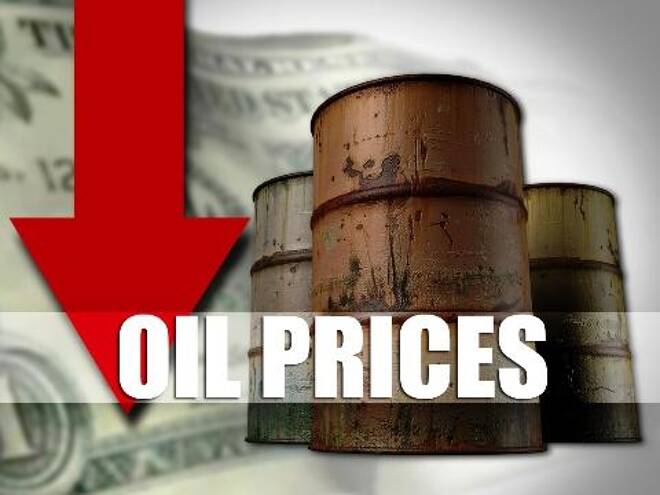Advertisement
Advertisement
Understanding The New Dynamics Of The Oil Market
By:
The global glut of crude oil seems to be getting bigger instead of smaller. The goal of OPEC and other oil producing nations seems to be a strategy to
The global glut of crude oil seems to be getting bigger instead of smaller. The goal of OPEC and other oil producing nations seems to be a strategy to drive down oil prices by increasing production to push US shale production to back off as well as other major competitors. Shale production in the US has sent the US production numbers to record highs, at the same time shale technology is extremely expensive. The new strategy that seems to be, being adopted is to increase production while prices fall and under sell the competitors. Not only has the amount of oil imported changed significantly, where the oil comes from, has changed significantly as well. At a little over 3 million barrels per day, Canada has replaced Saudi Arabia as the largest U.S. importer. Once thought unimaginable, the Organization of the Petroleum Exporting Countries known as OPEC has seen its influence and clout vanish practically overnight. This morning crude oil declined another 90 cents to trade at 80.89 while Brent oil is down 20 cents at 83.71. Falling crude oil prices are good news for US motorists, who are seeing the lowest gasoline prices at the pump since 2011. But low crude oil prices could create budget shortfalls in mega-producers like Saudi Arabia and Russia – countries that rely heavily on oil revenue.
On the supply side, US oil output is expected to pick up even more in November, with producers extracting 118,000 additional barrels per day, bringing US production to 5.14 million barrels a day, according to a US Energy Information Agency report released this week Meanwhile, Libyan oil has shakily re-entered the global market, and the Organization of Petroleum Exporting Countries has posted the highest output in years.
But booming oil production comes at a time when demand for oil is slackening in Europe and Asia. Austerity and weak consumption in the eurozone are curbing European demand, while currency depreciation and cuts to fuel subsidies are weakening Asia’s thirst for oil. When you combine lower demand with a glut of oil produced, it’s a recipe for low prices. Japan and the euro area are throwing up fresh signs of weakness by the day and emerging markets such as China are dragging instead of driving growth. The sense of tumult is being exacerbated by war in the Middle East, the standoff in Ukraine, street protests in Hong Kong and the spread of Ebola to Dallas. From Moscow to Caracas, Riyadh to Baghdad, in Tehran, Algiers, Kuwait City and Lagos, political leaders, finance ministers and central bankers have been scrambling to confront the plunge in prices — roughly 25 percent since a peak in June — driven by increased production in the United States and by projections of sustained cuts in demand in many developed countries, as well as decelerating growth in China. Some major oil producers are already experiencing substantially more budgetary pain from the decline in prices, particularly Venezuela, because of underlying economic problems, and Iran, which has faced years of Western economic sanctions over its nuclear energy program. Nigeria faces particular political uncertainty because it has a presidential election coming up early next year.
In demanding urgent action by OPEC Venezuela’s foreign minister, Rafael Ramírez, has also thrown around conspiracy allegations. According to a government news release, Mr. Ramírez demanded “some kind of action to stop the fall in the price of oil, especially since we are convinced that it does not result from fundamental market conditions but that there is price manipulation to create economic problems for the large oil-producing countries.”
Many analysts say that a cut in production is a logical step, while others suggest that Saudi Arabia may allow lower prices to persist, in part to squeeze its main rivals — Iran and Russia — and in part to put pressure on shale oil producers in the United States, whose higher production costs make it harder for them to compete when prices are lower abroad.
About the Author
Barry Normanauthor
Did you find this article useful?
Latest news and analysis
Advertisement
